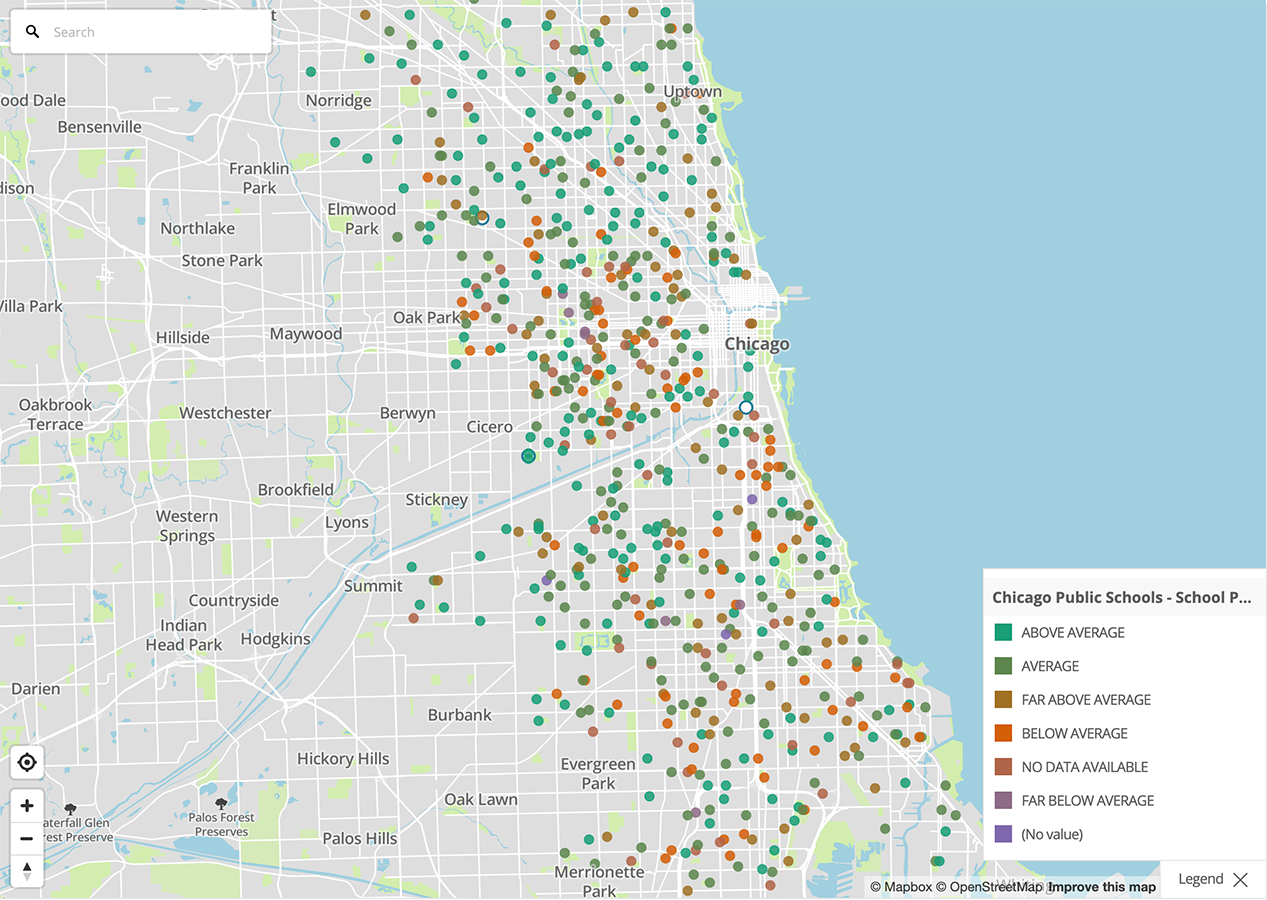A Regression-based Cross-Sectional Analysis of the Effects of Resources on Math Proficiency
(For Chicago Public Elementary Schools, SY 2017-2018)
Per-pupil expenditures have been on the rise on average for decades at both a national and state level. However, academic outcomes haven’t got much better. A heavy reliance on revenue from local property taxes to fund schools means poorest school districts in Illinois receive 20% less than the richest. However, this difference does not always completely account for poor performance. Schools alone are only responsible for no more than a third of educational attainment. The homes and communities have a bigger role to play. As someone with an interest in behavioral economics, I wanted to find out if there was some evidence of the hardships and mindset of scarcity in families with fewer resources (see Scarcity by Sendhil Mullainathan & Elder Shafir) in metrics for educational attainment.
The Chicago Public Elementary Schools (2017-2018) dataset lacked the detail to do a rigorous statistical analysis to confirm that indeed there is causation, but a high correlation was found between indications of poverty and low math scores for the schools studied. For this project, I:
• Acquired, cleaned and analyzed hundreds of variables in public school datasets from the City of Chicago, the Illinois State Board of Education and US census data.
• Implemented regression models to estimate math proficiency for Chicago elementary schools using predictor variables that determined that family resources and proficiency are highly correlated. In other words, poverty has a tangible impact on academic outcomes for teenagers in the public school system Chicago.

Summary
Although poor neighborhoods schools receive 20% fewer tax dollars than wealthy ones, and teacher retention is also lower, other factors outside of the classroom have been known to weigh more heavily. In fact, 65 to 70 percent of the students’ outcomes are determined outside of the school. For this project, I took poverty metrics for the schools’ pupils and their neighborhoods and attempted to find a statistically significant correlation with math outcomes.
